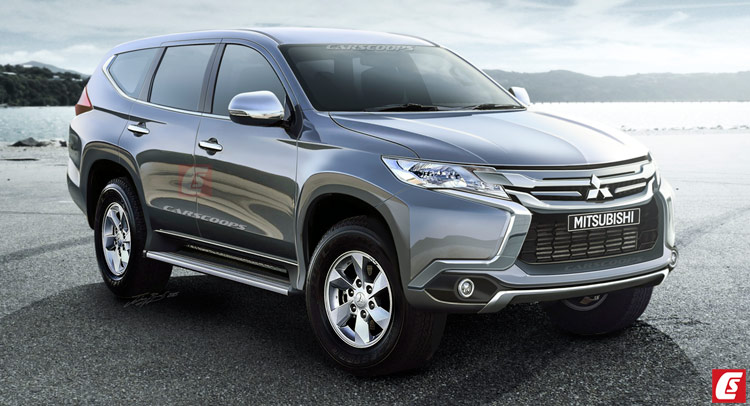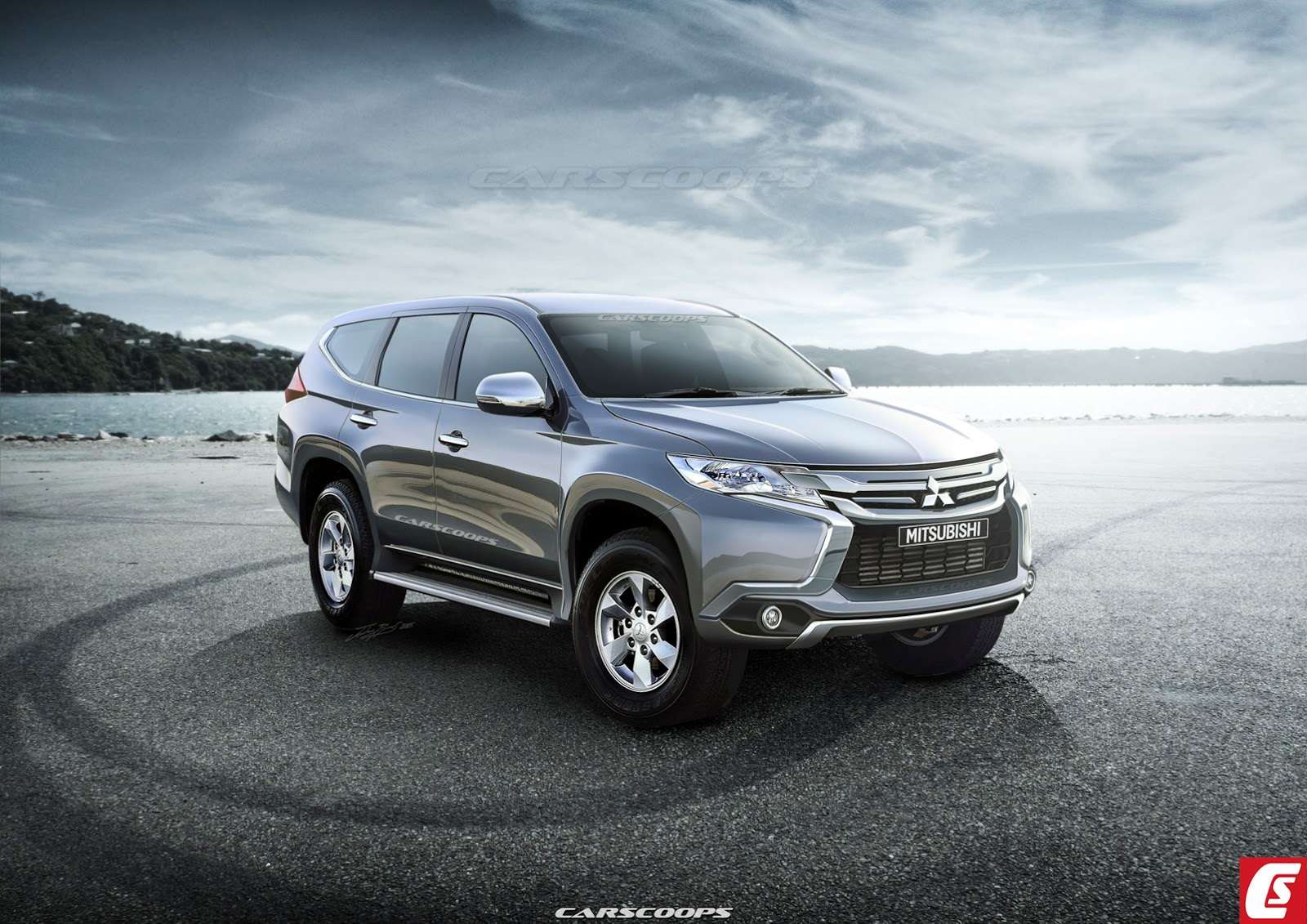In recent years, Mitsubishi has rather languished into obscurity; apart from the rally-bred Evolution X, there’s nothing in their lineup that I would call remotely desirable.
The Mirage is cheap and awful, the Lancer is past its shelf expiry date; Pajero/Montero? – well that SUV makes the Lancer look fresh. Other offerings like the ASX/Outlander Sport, Outlander and new Triton/L200 ute are the only vehicles luring buyers back to the Japanese carmaker.
However, all is not lost; Mitsubishi are aware of their predicament and are hard at work developing new models to draw punters back to diamond-badged brand. One of these vehicles in particular is the all-new Challenger/Pajero Sport SUV – recently leaked online in ‘patent cgi’ form. It’s a vehicle that’s likely to do well for Mitsubishi, so I’ve taken an extended and illustrated look at what to expect.
Dynamic Shield Design:
One of the changes that Mitsubishi are making to lure punters back is employing a new ‘dynamic’ design language. Inspired by the GC-PHEV Concept, the new styling direction will help strengthen brand identity with more consistent aesthetics across the automaker’s lineup.
For Challenger/Pajero Sport, the change starts with a new ‘Dynamic Shield’ front fascia. This embodies a very dominant upright chrome grille which curves inwards from the lower headlamps, then back-arcs outwards just above the fog lamps.
As the fundamentals are shared with the new Triton / L200 truck, it retains that vehicle’s fender creases, front doors, hood, and windscreen.
On The Inside:
Much of the interior trim is also expected to be shared with the Triton, with exception of different trims and finishes. Compared with the out-going Pajero/Montero Sport, there’s more leg room and the cabin itself is bigger almost in every aspect.
Expect flappy paddles – as seen in the Lancer and ASX; other goodies will also likely mirror the Triton’s. So cue push-button start, auto headlights, rain-sensing wipers, electric front seats, 6” touch screen with reversing camera and satellite navigation.
What Could Drive It:
Powering it will be Mitsubishi’s new 2.4L MIVEC inter-cooled turbo diesel engine, that pumps out 135kW/181 horses of power and 437Nm/322 foot pounds of torque. Announcement of any petrol V6 versions will most likely be made further down the line.
Power will be fed via new 6-speed manual and 5 speed automatic transmissions through Mitsubishi’s new generation Super Select 4WD II system. This has four driving modes including an locked 4WD mode. Torque distribution is split 40/60 front/rear in full time 4WD mode for improved handling.
Market Positioning:
As the Pajero Sport is pickup-based, its closest direct rivals are mainly found in Asia-Pacific and some European markets. These are the Toyota Fortuner, Ford Everest, Holden Colorado7/Isuzu MUX and Nissan’s new Navara-based SUV which is tipped to be currently in development.
Don’t expect BMW X5-like handling dynamics as the Mitsubishi will be competing in a 7-seat SUV segment that’s more value orientated than the pinnacle of refinement. However if it looks good enough then it might just pull more punters back to the stagnant Japanese carmaker. A full reveal is tipped for later this year as a MY2016 model.
Finally what do you think of it – yay or nay? Tell us your views in the discussion area below.
By Josh Byrnes
Photo Renderings Copyright Carscoops / Josh Byrnes




